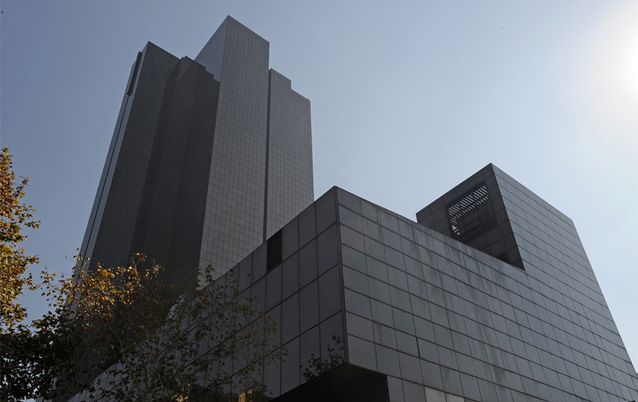Bank’s hike probably the last in this cycle as inflation ebbs

Unless inflation surprises with an upswing, rate hikes should taper off
The SA Reserve Bank hiked rates by an unexpected 50 basis points yesterday, taking the repurchase rate to 7.75%. This decision was contrary to economist and market expectations for a 25 basis point rise.
Balancing out the current inflation dynamic, the medium-term inflation outlook, weak growth expectations for this year, the tepid recovery and still weak global growth prospects, the Bank should be done hiking rates in this cycle unless there are upside surprises in inflation.
There are several considerations that lead to this view, some are global, but the majority are domestic. Let’s start with the global considerations, which I believe had an outsize influence on the latest monetary policy committee (MPC) decision.
SA’s trading partners’ growth forecasts have been revised higher. International interest rates, which comprise the US, eurozone and Japan, have also been lifted to 3.8% and 3.5% for 2023 and 2024, from 3.7% and 3.4%, while remaining unchanged at 2.4% for 2025. This is a consequences of the US banking sector stress that ensued with the collapse of Silicon Valley Bank (SVB) and spread to Credit Suisse and Deutsche Bank in Europe.
Global policymakers intervened, taking over SVB in the US and guaranteeing depositors and injecting liquidity into the market, while in Europe UBS bought Credit Suisse. Contagion from the US into Europe was thereby limited. However, the SA Reserve Bank are concerned about funding markets for deficit countries like SA and the impact on the rand.
Ultimately, the Bank seems to have followed global central banks in the separation of financial stability concerns due to banking stress from price stability, given that inflation remains stubbornly high and sticky. Validating this view is the fact that the European Central Bank hiked policy rates by half a percentage point to 3%, the Bank of England raised its policy rates by a quarter of a point to 4.25%, and the US Federal Reserve hiked its Fed funds rate by a quarter of a percentage point to between 4.75% and 5%.
These all happened last week while concerns about banking sector stress lingered, which suggests the major central banks, along with the SA Reserve Bank, view financial stability concerns as contained while price stability, as shown by still high inflation, is far from being achieved.
The relatively contained banking sector stress allowed the Bank to focus on price stability with little concern about financial stability. As an aside, the Prudential Authority must be commended for ensuring that banks operating in the country are well capitalised and financially sound, a comment made by deputy governor Fundi Tshazibana, who oversees the Prudential Authority.
Even though US banking sector stress is contained, its effects permeated local markets and the MPC decision via a weak starting point of the rand, at R18.06 to the dollar compared with R17.92 at the January MPC meeting. Still, the Bank sounded concerned about potential rand weakness in future.
Driven in part by the weak rand, headline inflation has been revised up to 6% from 5.4% for 2023, while core inflation was revised marginally lower to 5.1% from 5.2%. For 2024, both headline inflation and core inflation have been nudged up by 10 basis points to 4.9% and 4.8% respectively, and unchanged at 4.5% in 2025.
All things considered, yesterday’s 50 basis point rate hike seems to be the peak in this cycle as balancing risks to growth implies that demand pressures are also less problematic. However, the recent public sector wage settlement coming in at 7.5% must have pushed the Bank to hike and signal to labour that higher wage settlements are inflationary, and the Bank will respond to them.
Beyond this, the fall in inflation implies that real interest rates are firmly into positive territory at 1.75%. Though the SA Reserve Bank’s real neutral rate is at 2.5%, if inflation moderates as forecast there is a case to support growth and not hike further, but keep real rates below 2%.
